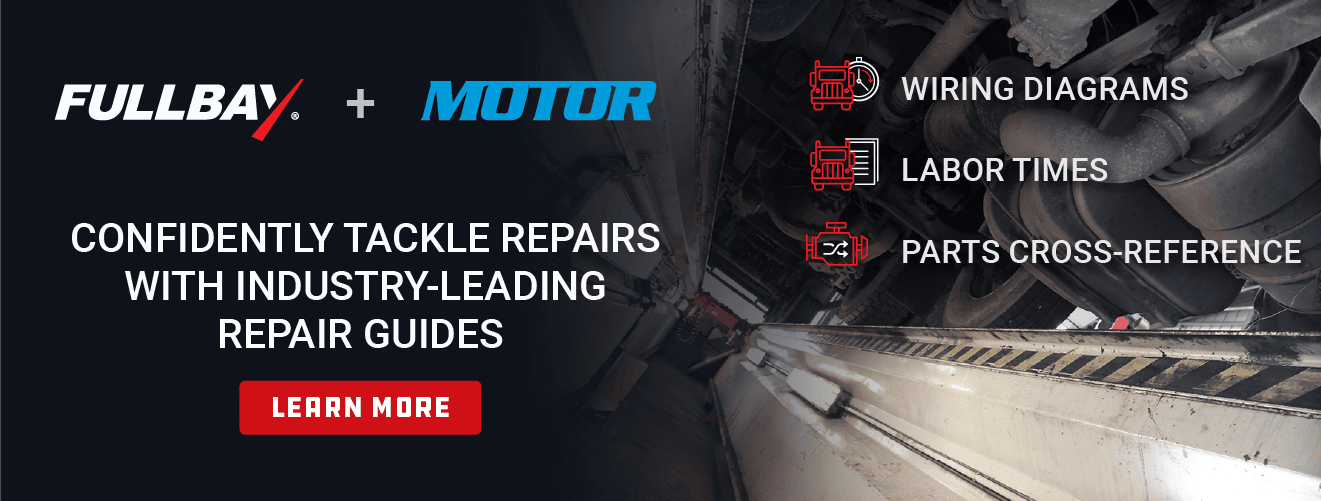The Cost of Fuel Complacency

The concept is simple. Businesses can’t stay in business unless they cover their costs. For heavy duty repair shops, that means factoring in more than tools, supplies, and your techs’ time. Other costs that sneak up on you include environmental fees, utilities, and even fuel. While continued low prices can cause fuel complacency, it’s a cost that adds up and eats away at your bottom line over time.
What is Fuel Complacency?
Fuel complacency occurs when fuel prices drop for an extended period of time. People get comfortable with lower prices and don’t consider it a major expenditure. The problem with that mindset for a business is that everything you spend money on, including fuel, comes out of profits if you don’t recoup it in some way.
Fuel Complacency Affects Semi Repair Shops
Not every job your heavy duty shop does involves travel. When it does, however, fuel complacency eats a hole in your profits. One example is when a customer asks you to send a truck to his site, instead of bringing his semi to you. Or when a customer breaks down on the side of the road, and you need to go to him to do the repair. Your truck—the one your tech is taking out—cost you $100,000, an amount you’ve already shelled out. What’s more, that truck gets painfully low gas mileage. Consumer Reports estimates that even the newest, most efficient trucks get less than 15 miles to the gallon. Add a service bed, parts, compressor, and you drop below 10 mpg pretty fast. Depending on how far your tech travels, that service call could end up significantly reducing what you make on it.

Therefore, it’s good business practice to include mileage with service calls. Charging, say, $1.50 per mile helps pay for the fuel to get your tech out and back. It also helps cover the cost of purchasing and maintaining the truck itself. Adjust the fee if needed as fuel prices fluctuate, to keep your business in the black.
Passing on Fuel Costs
Once you’ve stepped out of the fuel complacency mentality and see the importance of recouping it through mileage charges, your techs need to understand how to handle tracking mileage. Most service contractors charge actual mileage round-trip. In other words, the literal number of miles from the shop to the customer and back again. This amount should be logged and reported on the invoice.
If you routinely go to the same customer sites, software like Fullbay allows you to pre-populate the mileage charge to prevent inconsistent charges. For example, if a customer yard is 12 miles away, any time that location is chosen for a service call, a mileage charge of 12 miles will pre-populate for driving to and from the customer site.
Shops may also have a flat rate fee for a service call inside a certain area close to the shop. Of course, they charge actual mileage if the call is outside of the specified area. However, if your techs routinely take care of different repairs at different sites close to the shop in the same trip, charging each customer a flat-rate fee makes sense. It gives you some flexibility with nearby clients. Additionally, it’s easier on your techs if they don’t have to track separate mileage for two or more clients in one trip.

